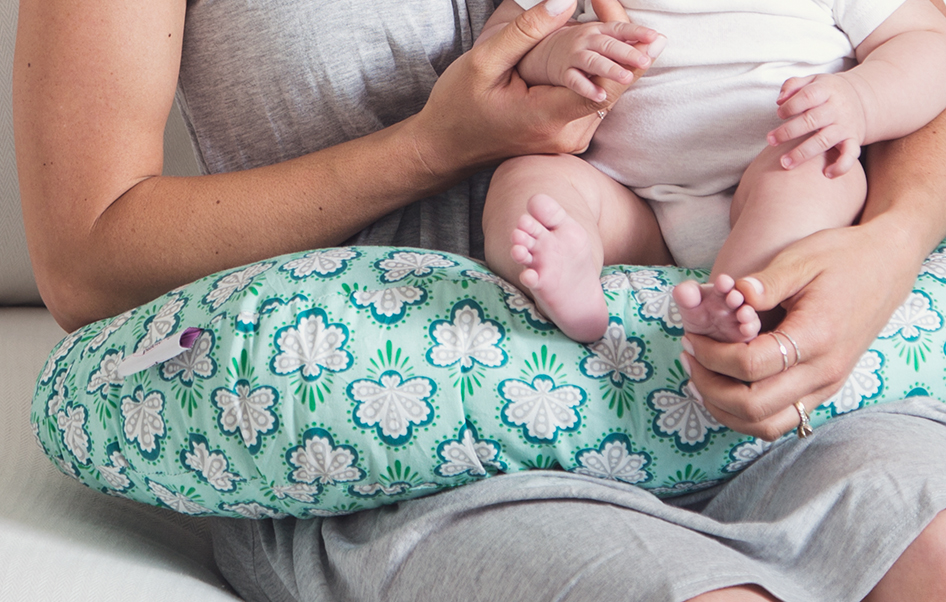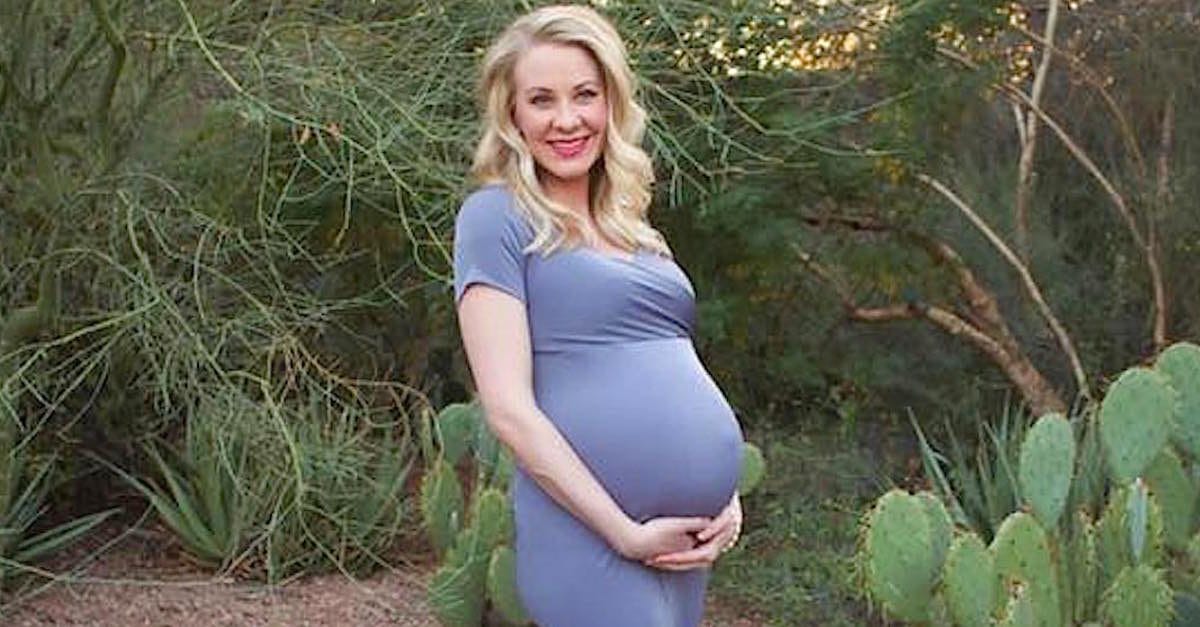Uncategorized
Study Shows Only 1 Out of 5 Babies Predicted to Be Too Big for Natural Delivery Actually Are

As I went down the checklist for my patient’s orientation before her scheduled C-section, my finger hovered over the next box.
“OK, and you are aware of the reason for your C-section?” I asked, as the patient shifted uncomfortably in her chair.
“Oh, um, yeah,” she replied with a slight frown. “They’re taking him because of his size. His brother was really big, so … ”
I paused and sighed inwardly. Big baby my foot, I thought to myself. I call that baby to barely hit 7 pounds. Outwardly, of course, I just smiled at my patient and asked her if she had any questions for me.
And wouldn’t you know it? We had a seven pounder.
***
I honestly can’t tell you how many babies I saw as an OB nurse that were taken by scheduled C-section for being “big” babies, but I can tell you that not one (not one!) was actually as big as the doctors predicted. Obviously, I didn’t see every baby to ever be born, nor am I an expert. But still, the experience left a sour taste in my mouth.
Here’s the thing: although there are real risks to having a big baby (and we’re talking in the 11-pound range), there are a lot more considerations as to whether it’s safe to have a big baby naturally or by C-section.
A lot of people don’t realize that a woman’s size, weight, or bone structure really have nothing to do with how capable her body will be in delivering a baby. You can’t tell anything about a woman’s “birthing hips” from looking at her. Instead, it all depends on the diameter of her pelvic inlet, the way her pelvis is shaped on the inside.
Aside from the pelvic inlet, the way the baby is positioned on the way out also determines how well that baby is going to worm its way into the world. And why am I telling you all of this? Simply to say a big baby isn’t necessarily a risk in and of itself, because a successful birth is determined by numerous factors, not just the baby’s size.
The biggest risk for a large baby is shoulder dystocia, which, as admitted by different studies, is small (0.2 to 3 percent of births) and highly unpredictable. Fetal macrosmia is another possible risk factor, as is the baby’s position, advanced maternal age, labor abnormalities, and simply having a male baby. The problem is, when it happens, shoulder dystocia is a very serious complication and can lead to permanent nerve damage and even death.
The New York Times recently detailed the story of a woman who had what she is now calling an “unnecessary” C-section for a baby that supposedly weighed over 11 pounds but unsurprisingly, came out weighing 7 pounds and 13 ounces. She claims her baby had breathing problems as a result of the surgery. The NYT also noted that telling a woman her baby is too big to be delivered naturally can create a lot of unnecessary anxiety.
“When you’re told your baby will be large, it conjures up images of more pain, and risks and complications that might harm you and your baby,” Dr. Erika R. Cheng, an assistant professor of pediatrics at Indiana University School of Medicine in Indianapolis and lead author on a new study about unnecessary C-sections based on baby’s size, told NYT. “Women understandably might want to avoid that.”
The new study that Dr. Cheng headed up found that only one in five women who are told that they have a baby who is too big to be delivered naturally actually have a baby that weighs more than 9 pounds 15 ounces, which is the official criteria for macrosomia, or in other words, “big ass baby.” But even more worrisome is the fact that despite how frequently the weights are miscalculated, merely telling a woman that her baby is big is associated with more interventions during labor and birth.
The American College of Obstetricians & Gynecologists has long declared that the mere suspicion of a “big” baby is not enough to warrant a C-section, especially before 39 weeks, but obviously, reality is a bit different than what the ACOG is putting out there. So let’s be honest and call it like it is: a lot of women who are capable of delivering their “big” babies are getting unnecessary C-sections instead.
My point is that it’s hard to accurately predict the true size and weight of a baby. One study found that basically, you can’t trust ultrasounds at all when it comes to giving you an accurate estimate of how much a baby weighs. Yes, of course, there are instances when a woman might know that she really is at risk for having a larger baby. Like in cases of gestational diabetes, when that excess sugar really does pack on the pounds for babies.
Overall, women need to be wary of being told they need a C-section simply for having a big baby. And remember: you’re more capable than you think.
The post Study Shows Only 1 Out of 5 Babies Predicted to Be Too Big for Natural Delivery Actually Are appeared first on Babble.





You must be logged in to post a comment Login